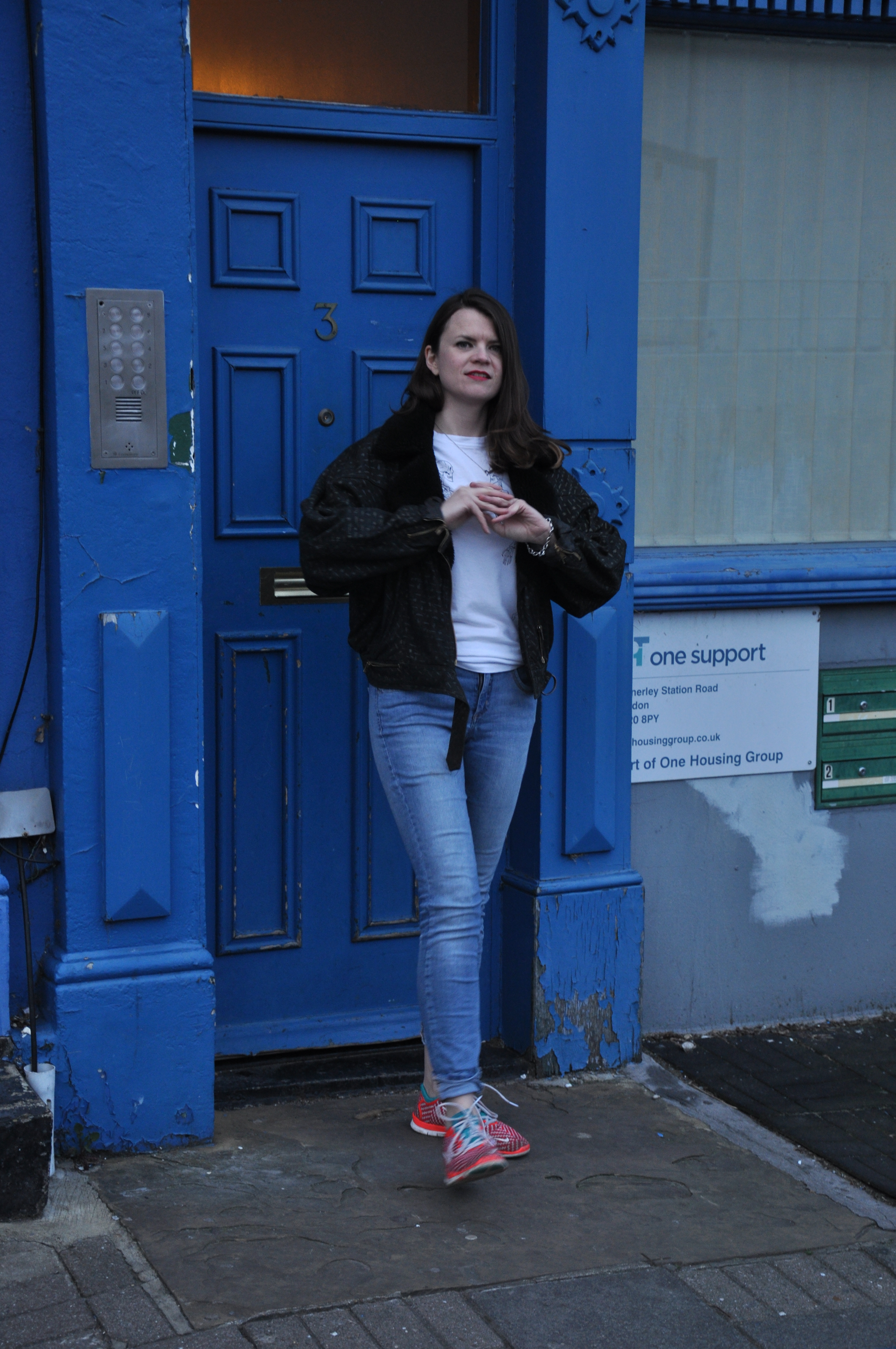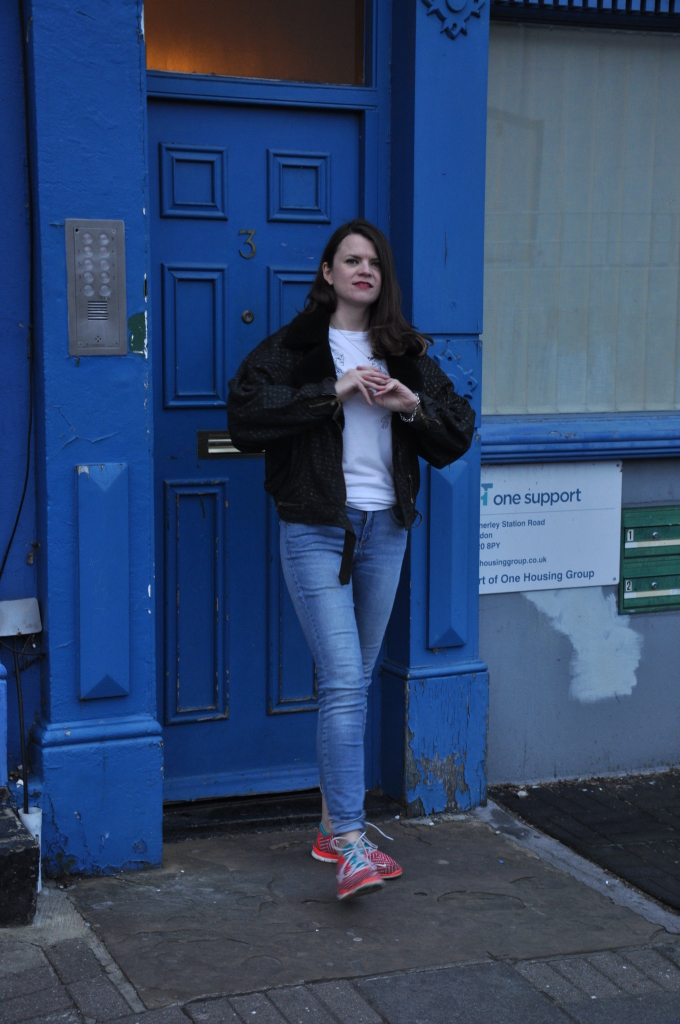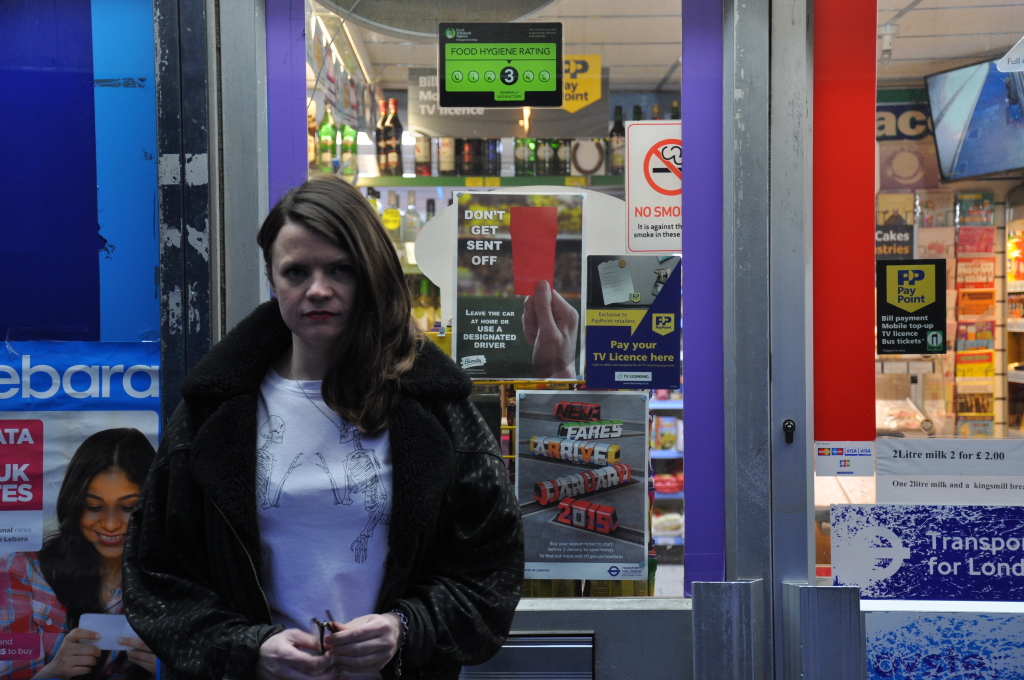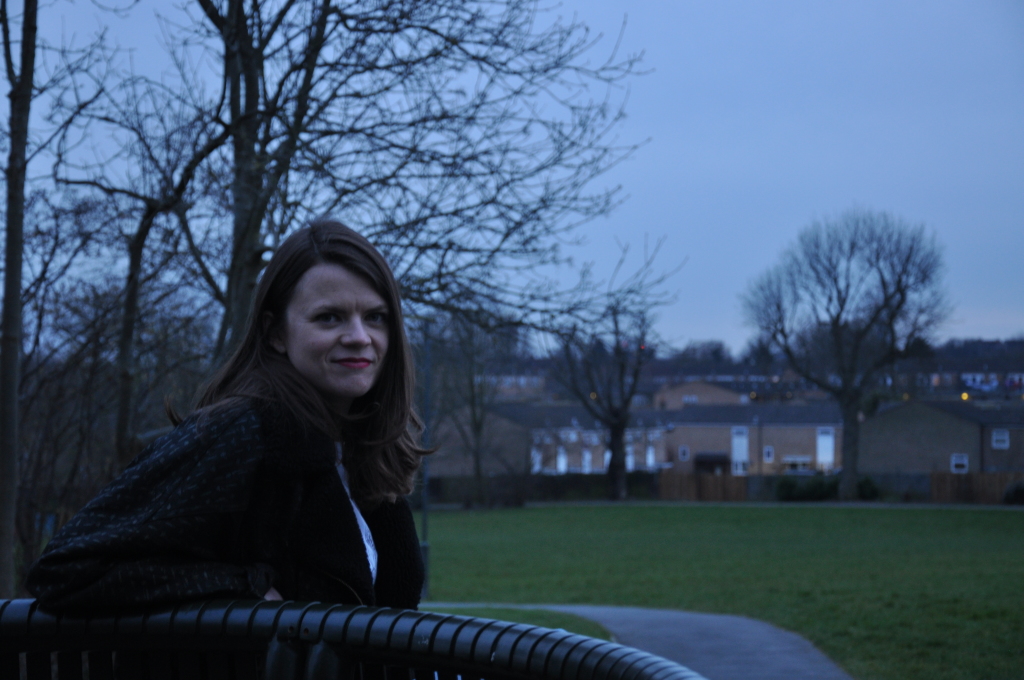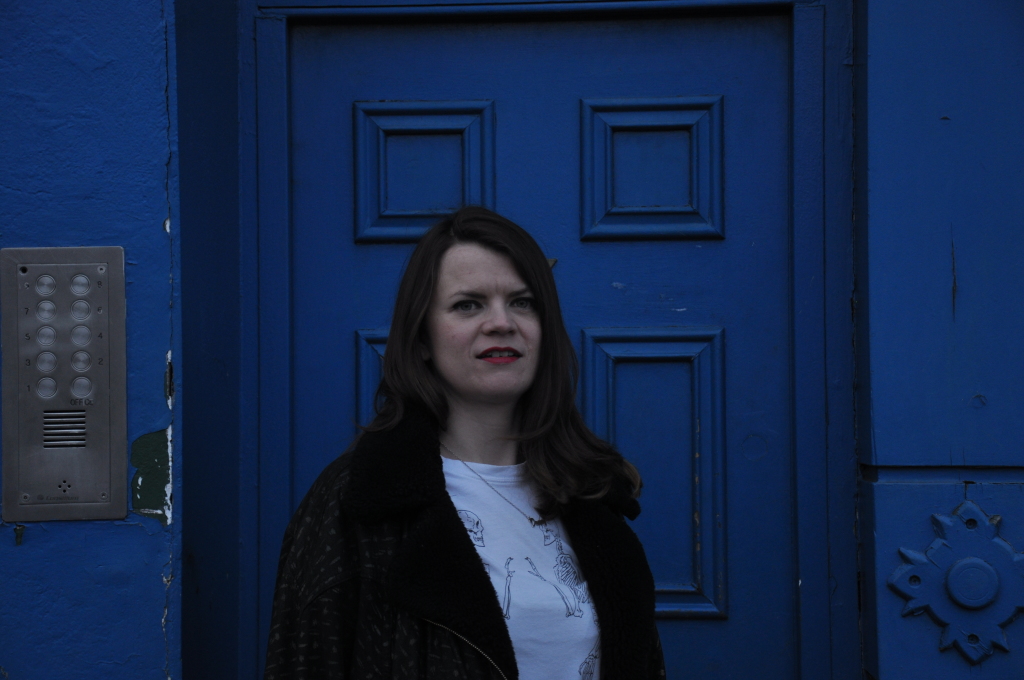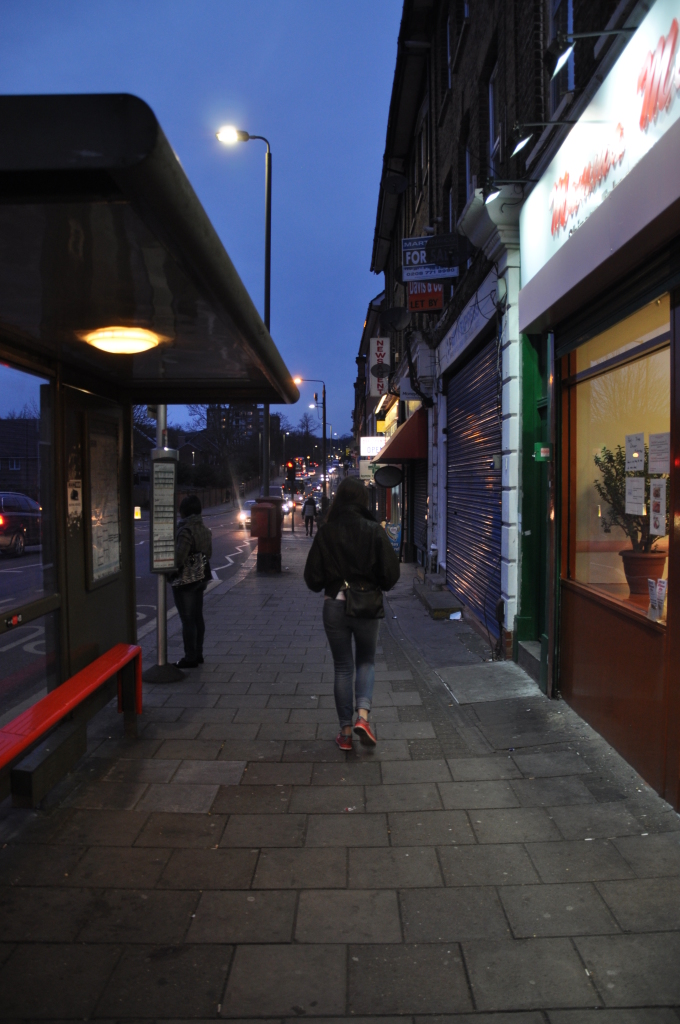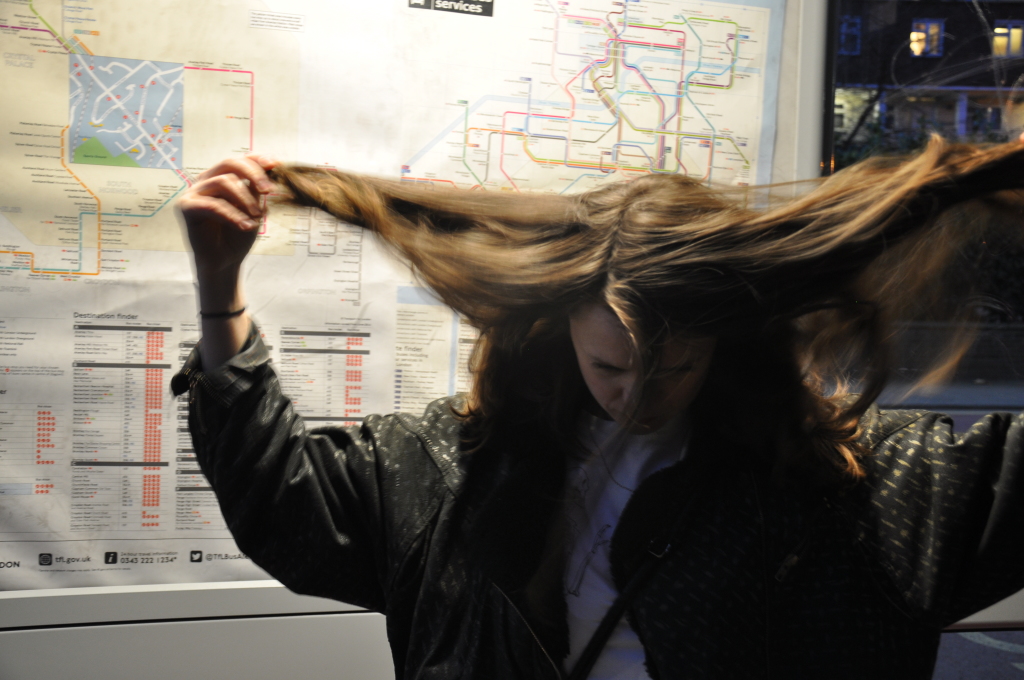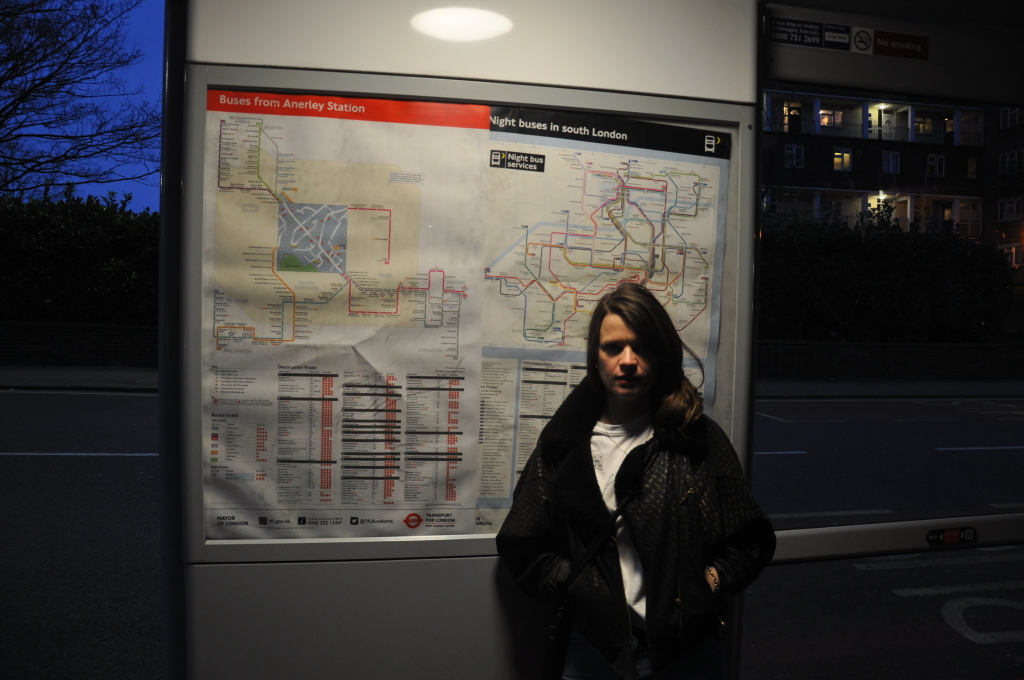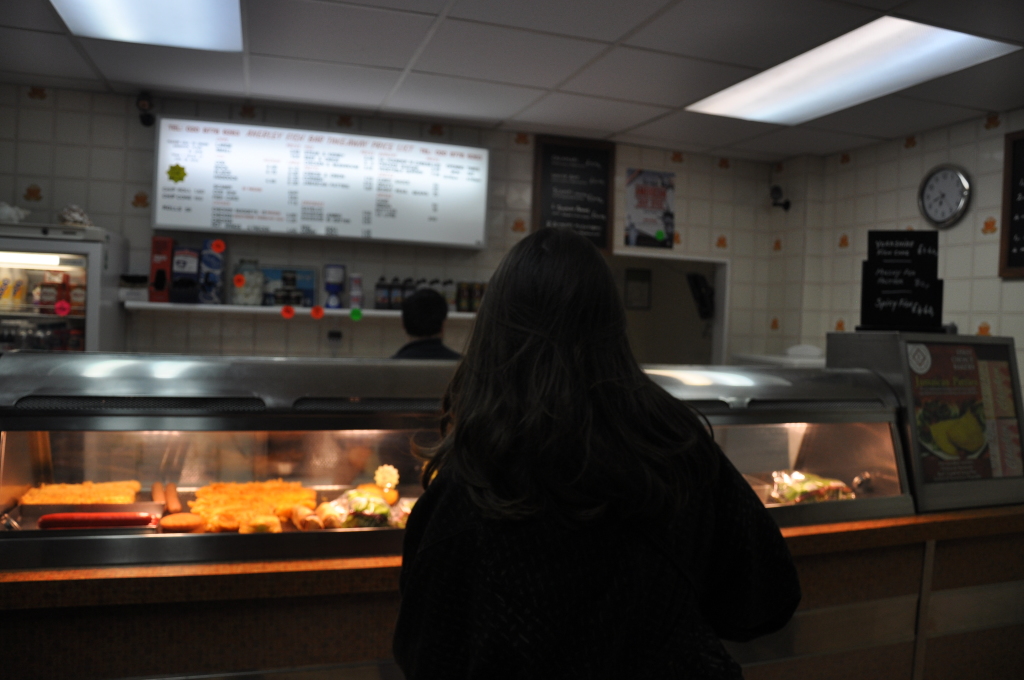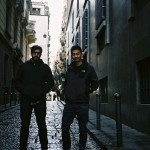6. Talking to London – Georgie
Introduction: Georgie is an experienced & passionate photographer capturing the narrative of music, culture and communities in London. She captured the birth of the Dubstep scene from 2004 onwards, which bought her much notoriety. Her work has featured on the BBC, The Guardian & Observer, FACT Mag, Dazed & Confused, XLR8R, various music labels and many more publications. We sat down for a chat in a cafe in Crystal Palace. We discussed documentary photography, changes within London culture, inspiration, Dubstep, Croydon & South London, Paris, reflecting on photography and the future. Once again this interview highlights the diversity of experiences & creative individuals from London. In between the some of the photographs below I have included a small selection of her work. Please do visit her website and blog for an extensive archive of cotent. Let us and Georgie know what you think. Enjoy. Peace & Love.
Audio interview is below, accompanied by photographs and selected quotes.
Georgina Cook – Website
Georgie – Drumz of the South -Blog
Georgie – Drumz of the South – FlickR
Georgie – Drumz of the South – Facebook
Georgie – Drumz of the South – Twitter
Georgie – Drumz of the South – Instagram
06 – Talking to London – Georgie (Drumz of the South) by Hark1karan on Mixcloud
Interview Highlights
15 seconds: Hello I am Georgina or Georgie. I have a blog called Drumz of the South, and I take photos, and I produce events occasionally. I live in South London!
34 seconds: I am about South London as they get really. I was brought up in Streatham and then we moved to Norwood. Which is really not that far of a move. Then I lived in Croydon for a while. Then back to Norwood, and then Crystal Palace. And then I lived abroad for a couple of years. Then came back to Norwood. Now I live in Anerley. So I’ve lived in the same area my whole life.
1:54 min: I always feel like South London’s got a certain sound. I wouldn’t say it’s exclusive to South London. I grew up around a lot of dub and reggae. You just hear it in the car’s driving past. And obviously garage and drum-n-bass was around everywhere as well.
2:49 min: Music, art and culture definitely the thing that keeps me in London.
3:49 min: In London one thing that stands out is that the architecture is so higgledy piggledy. It’s all different kinds of buildings and not much structure to the city in a way. It doesn’t make much sense. The roads don’t make much sense.
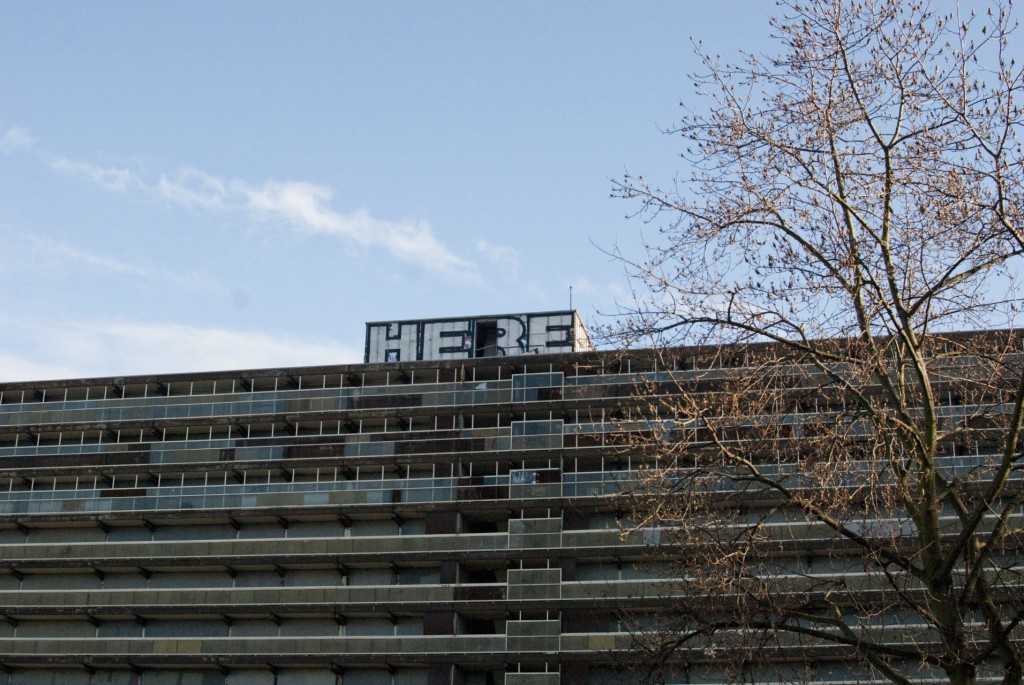
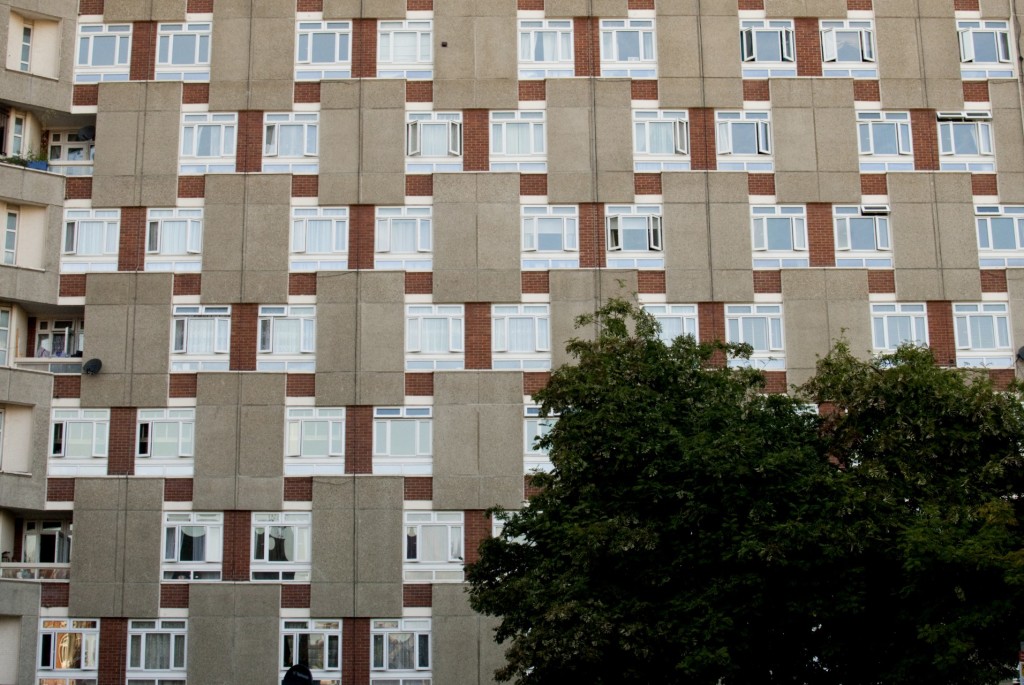
6:33 min: Think about how densely populated it is… There’s so many people here with so many different backgrounds, so many different ideas… The more people that cross each other’s paths, the more musical ideas will cross each other’s paths… different types of art. More things are gonna come out. The hectic-ness of the city is why it is so productive.
8 min: It would be a shame if London became homogenised and samey.
9:40 min: I started taking pictures when I was at school, secondary school… I used to take pictures of my friends and parks… kinda mundane things really. Then started getting into music in a big way and I was photographing my friends band call Djevara, they’re still going. A punk rock band. I’d go to travel and see them wherever they were playing pretty much… I started making a few little funny zines for them. Then I got a job at The South London Press newspaper paper as a junior photographer. I’d always be the first person to put my hand up and go do Brixton Academy gigs. I’d go the Black Sheep bar in Croydon and photograph Drum-n-Bass nights there…
11min: Through the Drum-n-Bass nights I met the DMZ crew and also Hatcha and Skream and that lot. They were all coming out of Croydon and they were making this new music. When I heard that I said I wanted to be more involved. It was pretty much that and Drum-n-Bass which inspired me to start a blog.
11:50 min: Put all my photos on Flickr, then connected my blog to the Flickr. Then posted the blog post on to Dubstep Forum.
12 min: I probably was one of the first to put some image to it… I think was quiet useful for people outside of London or in places were the music hadn’t quiet gotten to them yet.
12:50 min: I had a few emails at the time from people in America, Eastern Europe, Brazil, saying they get a sense of the kinda of energy the music from the photos, which is a nice feeling.
13:32 min: I look back at them all the time really because I get requests for archive photography. There’s been a few documentaries recently about certain elements of the dubstep scene…. There was one about Mala recently he did for the John Peel website.
13:55 min: I dig through my old pictures… They do mean something. I am unashamedly very sentimental and I think that’s what part of being a photographer is, especially a documentary photographer. Always kind of had this sense that I was taking pictures of things around me and things that are happening, so one day, ten years time… this is ten years now pretty much, we’re at that point ten years later and I look back at them… other people look back at them, remember and see how things were ten years ago or in twenty year’s time even…. That was always kind of the driving motivation for me.
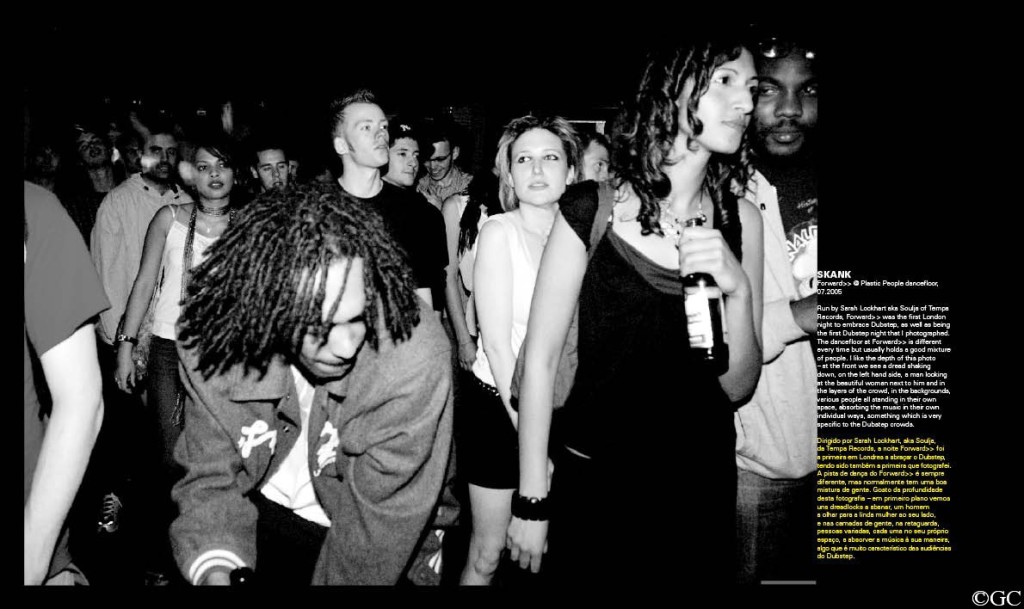
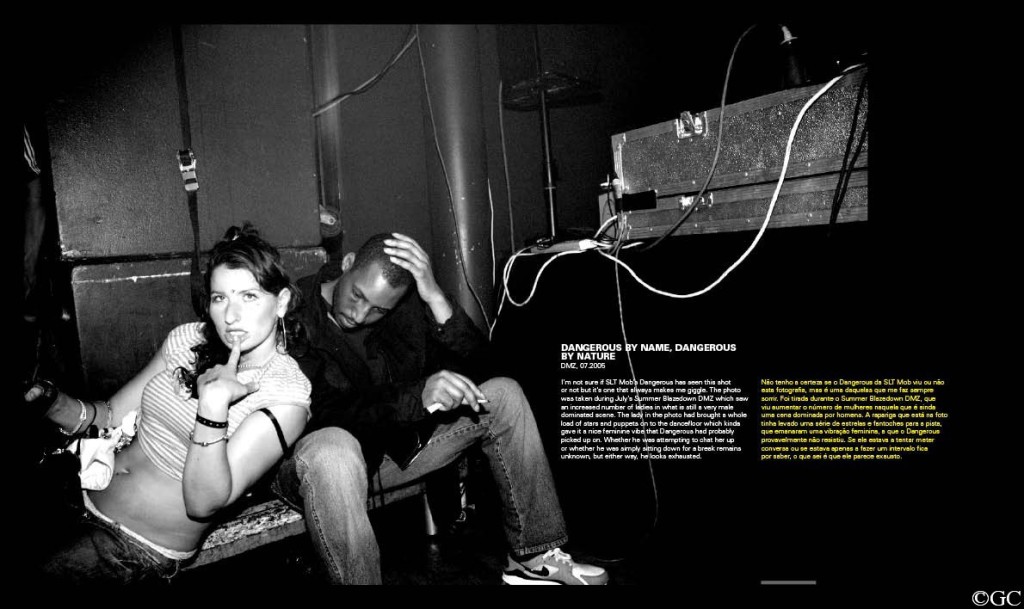
15:18 min: One good example is the fact that… when I started photographing the dubstep scene, you could smoke in clubs. We took that for granted. Smoking in clubs, I’m pretty sure affected the music in clubs and affected the way you’d experience it. Then the ban came in and then the scene changed in a way. Now you look back the pictures and you’re like, oh god people are smoking in doors. That’s a good example of the wider political changes you see in documentary photography.
16 min: I really love other people’s photography as well. I love music photography in general. I can’t get enough of it. You know I will watch every music documentary going…. I love it it all…. Music history totally gets me.
19 min: I never got a chance to photograph Florence and the Machines in the early days. She’s formed in Crystal Palace and I know a lot of people who went to her really early gigs at the Windmill in Brixton for example and said that she would climb up the walls you know. She’s just crazy and I thought wow I would have loved to have been able to photograph that.
19:28 min: Part of the reason I don’t take as many pictures in clubs any more is because it got slightly boring after a while… I also stepped away from it because of the camera… Simultaneously it is a key and access into something, but it’s also barrier. I found once I put my camera down I could actually really get into the music like everybody else was.
22:29 min: I think what was so wonderful about dubstep was so many kind of off-shoots. It was always very dynamic from the beginning. So you always had this thing dubstep but then within you had artists making different sounds with it…. Everyone kind of had their own little sound within it. Then I think one kind of sound became very popular.
24:26 min: I don’t think you can ever really say that any creativity ever dies, it just morphs and changes.
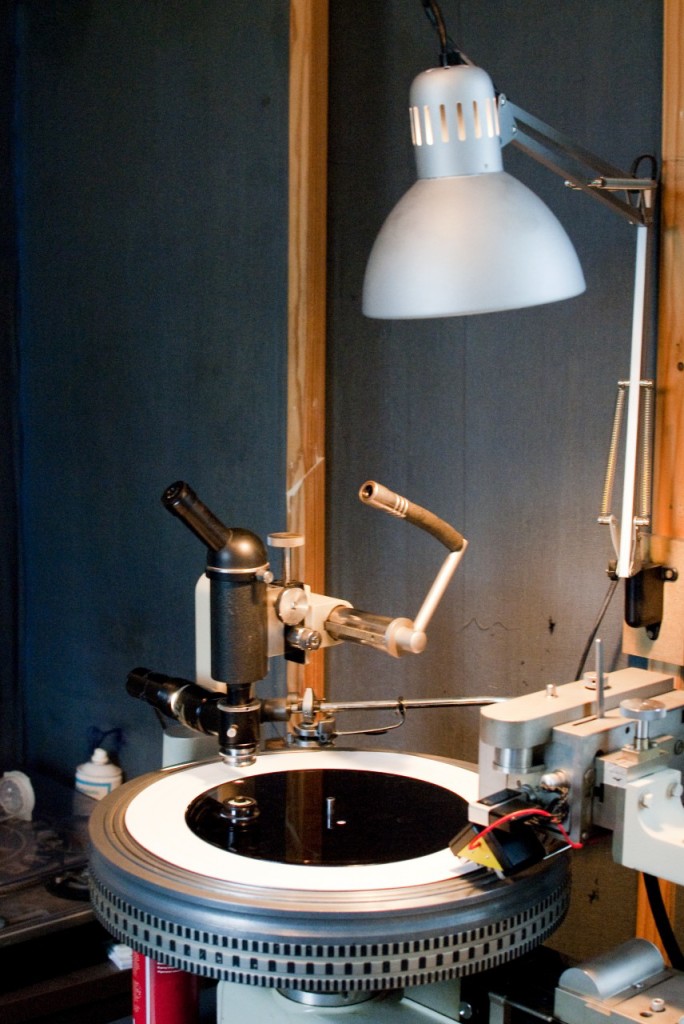
25:40 min: (Talking about her photography archive) I wanna tell a story with it, a very definitive story, my story really… The other strand is to keep creating new narratives and finding new narratives.
27:17 min: I’m quite interested in why all the venues are closing down at the moment and finding that’s the food for thought at the moment. Why are venues closing down and what’s gonna happen next.
29min: Artists and musicians will find a new way to play. They’re gonna find a new way to have parties. We’ve gotta celebrate together, we’ve got to party together, we have to express ourselves, we have to dance, we have to sing, we’ve got to do all of these things, it’s part of who we are, we are human and we have to do those things.
31 min: London is a battle of space. It really is. Which is what makes it interesting in a way. Rather than getting upset about, we can’t do this and we can’t do that, well what can we do? What are the possibilities? What have we not thought of yet?… That’s a very exciting question.
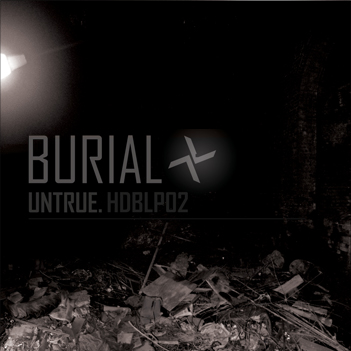
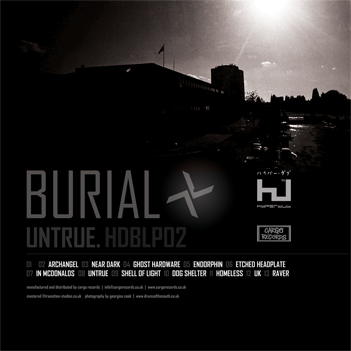
33:39 min: I genuinely think expression will come out. The more you squash something the more it will come out, in a big explosion. In an explosive way.
35:15 min: It’s when things change, like I say, new possibilities arise. New ways of doing things.
36:20 min: Are cultural spaces, real cultural spaces less important because so much interaction happens online? Does that mean real physical places are taken for advantage or are less important?
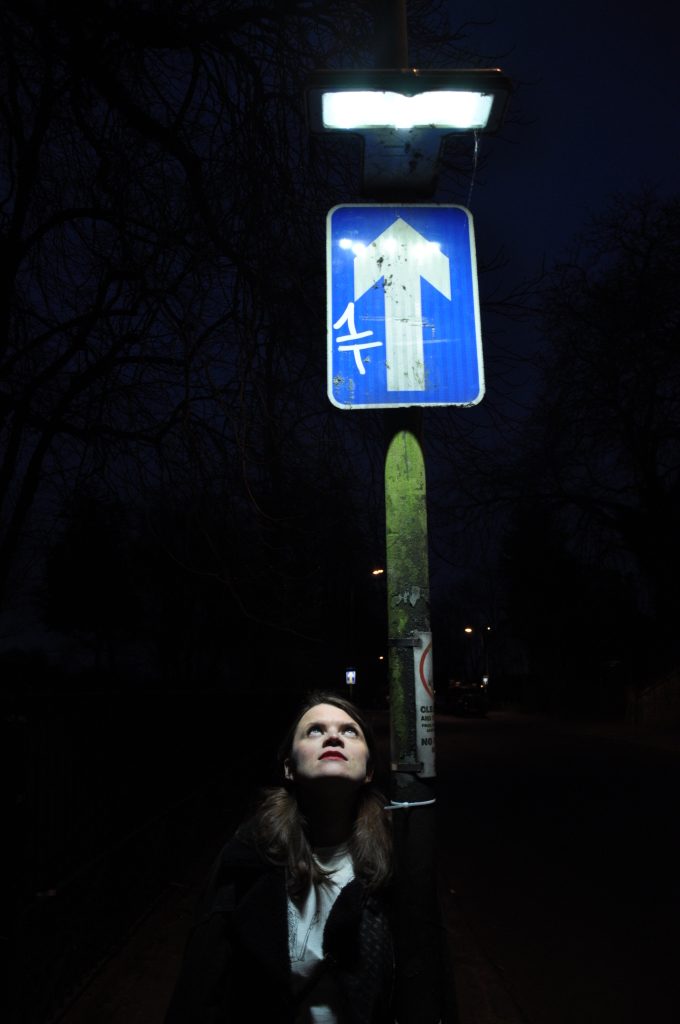
40:40 min: It’s been great for me the internet. Lots of people seeing my work. It’s all I really want, is to share my work. Sharing what I’m doing with other people. So yeah it’s been good for me.
41:50 min: I’ve a lot of pictures that I thought I’d lost. I found them and I’m really happy about that. Cos not only have other people not seen them, but I haven’t really seen them. So I’m excited about that.
43min: I’d love to do an exhibition about Croydon.
45:22 min: I really really like that documentary actually. I don’t necessarily like my bit in it, but I’m really proud to be part of that documentary… I really love that documentary. I was very nervous during that. I don’t know if that comes across. I feel like I look really serious in it… and I probably was.
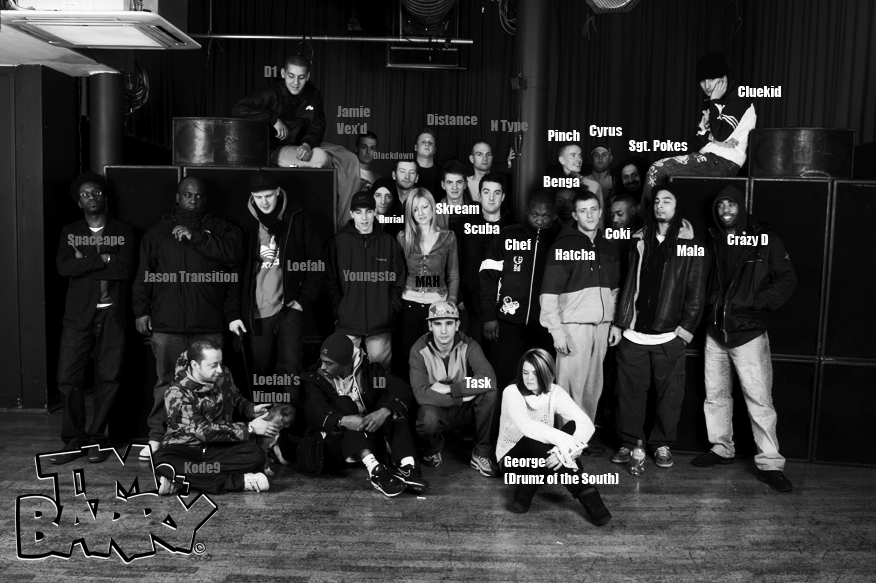
Talking to London 1 – Lee
Talking to London 2 – Mahtab
Talking to London 3 – Mayur
Talking to London 4 – Alec
Talking to London 5 – James
